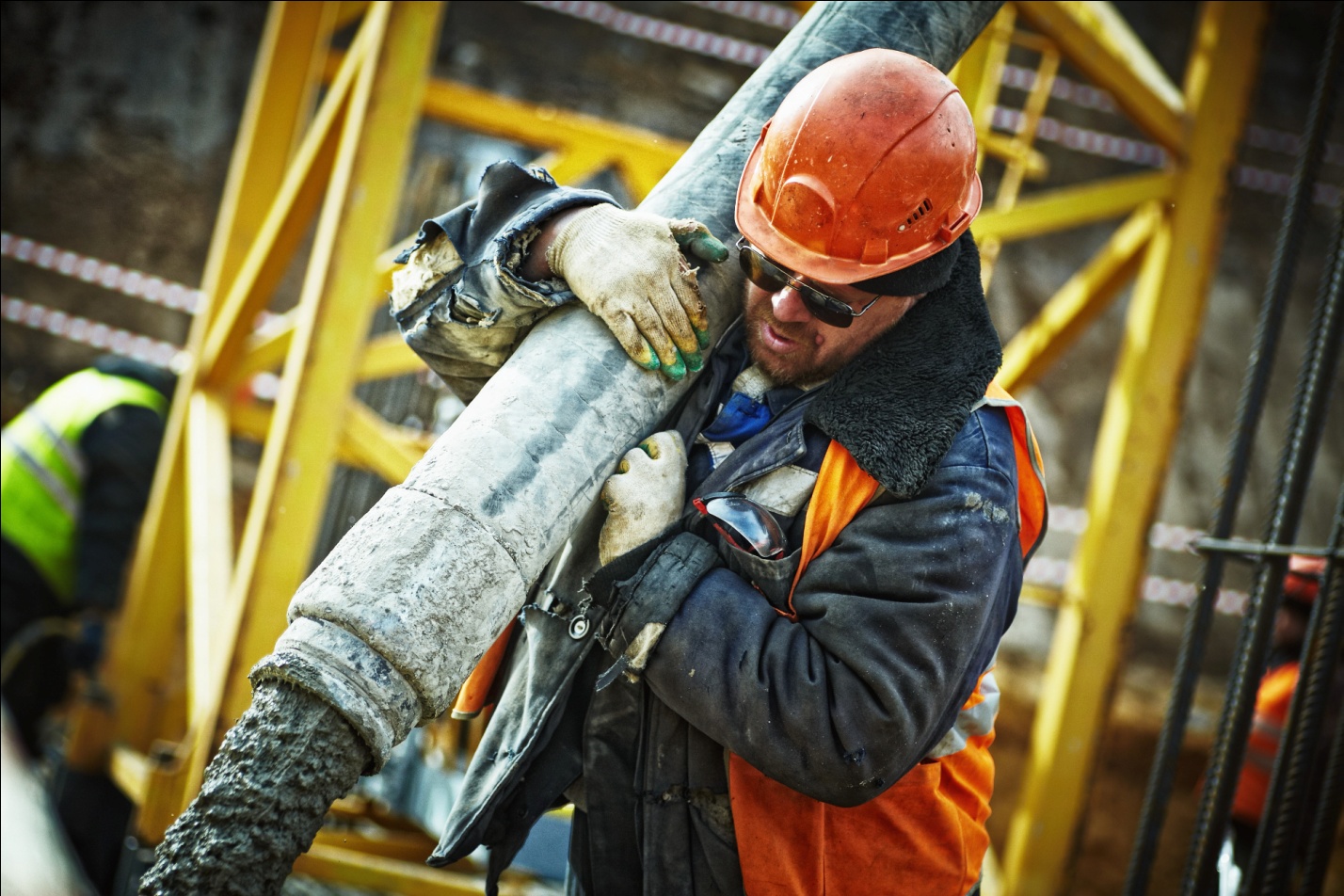When it comes to the safety of the workers, strict implementation of PPE (personal protective equipment) should be of utmost priority. PPE Australia is described as any form of clothing or equipment that protects the user from harm inside the workplace. High-visibility vests, safety shoes, safety harness equipment, and hard hats are some examples of personal protective equipment.
Business owners are responsible for the safety of their employees. When safety hazards inside the workplace cannot be fully mitigated, this is where PPE comes in. The goal is to make the work environment much safer for employees to operate at their full capacity. There are many different types of personal protective equipment that protect the user from different elements. Here we’ll be discussing the different types of PPE, why PPE is important, and how PPE should be used to ensure maximum safety of the workers.

Image Credit: pexels.com
The different types of PPE
Personal protective equipment come in many shapes and sizes. It can be quite easy to get overwhelmed with the sheer number of PPE available. To simplify things, the four types of PPE are:
1. Facial protection: Personal protective equipment in this category focus on protecting the user’s face from hazards such as flying debris, sparks, chemical splashes, and laser radiation. Some examples of facial protection are safety goggles, face shields, and impact glasses.
2. Hand protection. These equipments are used to protect the user’s hands from injuries such as cuts and hot objects. Operating rotary machineries, chemicals, electricity, and hot objects require the use of safety gloves to avoid serious physical harm.
3. Body protection. Aprons, fire proximity suits, hazmat suits, surgical gowns, and lab coats are some examples of PPE for the body. These cover the torso, arms, and legs for full-on protection against a variety of different hazards like harmful chemicals and extreme heat.
4. Respiratory protection. Respiratory protective equipment (RPE) aims to protect the user from inhaling dangerous or toxic substances in the air. Equipment in this category is divided into two types which are breathing apparatuses and respirators. Breathing apparatuses give users breathable air in immediately dangerous to life or health situations. Respirators on the other hand, protect users from inhaling particulate matter that’s present in the air.
When should PPE be used
Knowing when to use PPE is determined by a couple of factors. Most companies run risk assessments to identify hazards inside the workplace and address these risks the best way possible. If for some reason these risks cannot be controlled, then the correct PPE must be provided to the employees.
Some examples of work that require PPE are:
- Dangerous jobs like fixing electricity wires, maintenance jobs, and tree cutting.
- Environmental dangers like extreme cold or heat, open pits, and falling debris.
- Chemicals that could either be ingested, absorbed, or inhaled inside the body.
- Mechanical dangers that could puncture, tear, or cut skin.
How is PPE used?
For maximum protection, it’s important to train workers on how to properly use PPE. Here are some guidelines to follow when using PPE:
- Make sure the equipment fits perfectly. It should provide a snug fit without any loose parts or exposed skin.
- The equipment should allow the worker to operate their tasks without physical hindrance.
- Checking the condition of the PPE before each use. If obvious damages are present, replace the equipment immediately with a new one.
- Informing the workers on how to properly wear and remove PPE in the correct order. For example, removing the gloves first before taking off the goggles.
- Storing the equipment in a cool, dry place to prevent unnecessary wear and tear.
Selecting the correct PPE
It’s important to use the appropriate PPE to protect the employees from hazards present inside the workplace. There are a couple of things to consider when selecting the correct PPE. These are:
- The amount of exposure the workers are subjected to.
- What the workers are exposed to.
- The duration of the exposure.
When a situation calls for multiple PPE, make sure one equipment works in conjunction with another. For example, the safety glasses should not compromise respirator seals. These factors should always be considered for maximum safety when using PPE.
Conclusion
Proper use and implementation of personal protective equipment is vital for a safer work environment. Without it, the risk of physical injury is high and workers won’t be able to perform their tasks in a safe and efficient manner. Proper equipment and PPE training is important to avoid unwanted accidents inside the workplace.
For more tips from Vanilla Mist, check out more articles here!
Leave a Reply